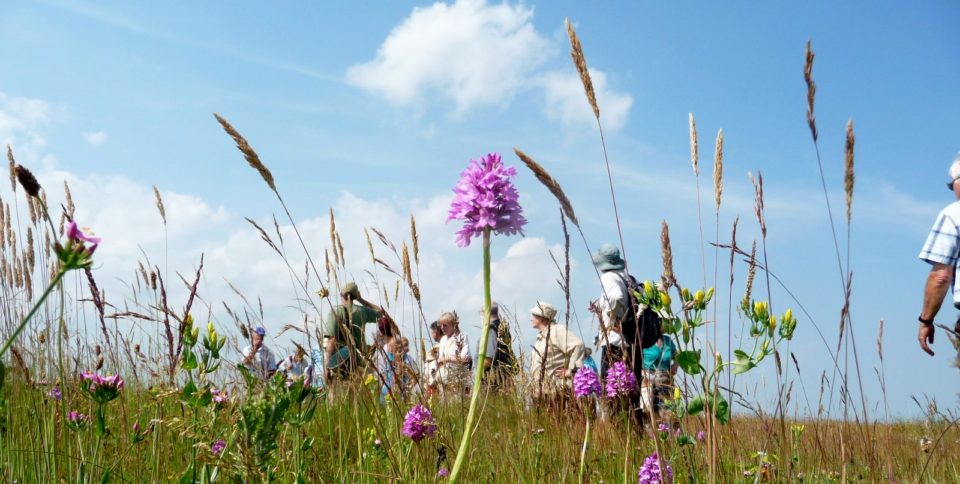Small mammals of Kingston upon Thames AF42018 Spoelstra et al_2017_Response of bats to light with different spectra SI_Spoelstra_et_al_bats_coloured_light Rivers&LightPollutionLRFinal London Bat Atlas (London Bat Group 2015) bats_and_lighting Fure 2006 Bat and Lighting Review Alison Fure LNHS pages 69-88 Winter Bat Movement in a London Borough Alison Fure and Mark Wagstaff London Naturalist 102 2023 Bats and Lighting
All bat species are adversely affected by the lighting of roost access
Most bat species are adversely affected by the lighting of foraging areas.
Evening emergence of bats and their initial foraging is often under trees overhanging water, or structures which cast large shadows. When managing waterside trees and vegetation these principles should be considered. Removing waterside trees allows artificial light penetration throughout the night. Mitigation for the loss of the riparian vegetation should recognise the multiplicity of uses by a large range of species, (not just bats): for shelter, feeding, and perching as well as the production of insect biomass.
- There is a need to accept lighting is an issue for bats and other wildlife
- River corridor should remain a DARK corridor for bat movement
- Myotis species of bat cannot easily tolerate light levels above 1 lux (moonlight) most routine feeding of this species takes place at less than 0.4 lux
- New areas of artificial lighting should be considered habitat loss and should be compensated accordingly
- If it is decided that lighting columns are necessary near riparian areas they should placed away from the waterside so the light spillage is not onto the water
- Some stretches should remain unlit
- Luminaires should not be placed anywhere near the tree canopy where bats would normally be found foraging (or roosting and nesting birds could be disturbed)
- Better use of light curfews, light sensors, columns sited away from the waterside Light dimming is possible in certain areas and after midnight
- Retained vegetation overhanging water creates a shield against light penetration as well as increasing insect productivity
- Light meter readings should be taken during the winter so that the effect of spillage is not being masked by vegetation
- Light levels around a development should not exceed ‘that which went before’ as it may have an impact on a bat corridor or flyway at seasonally sensitive time of the year
- Bat behaviour patterns are changing with the changing climate and hibernation times are being reduced, with bats being forced out to feed there is a duty to strengthen wildlife corridors
Rivers&LightPollutionLRFinal
